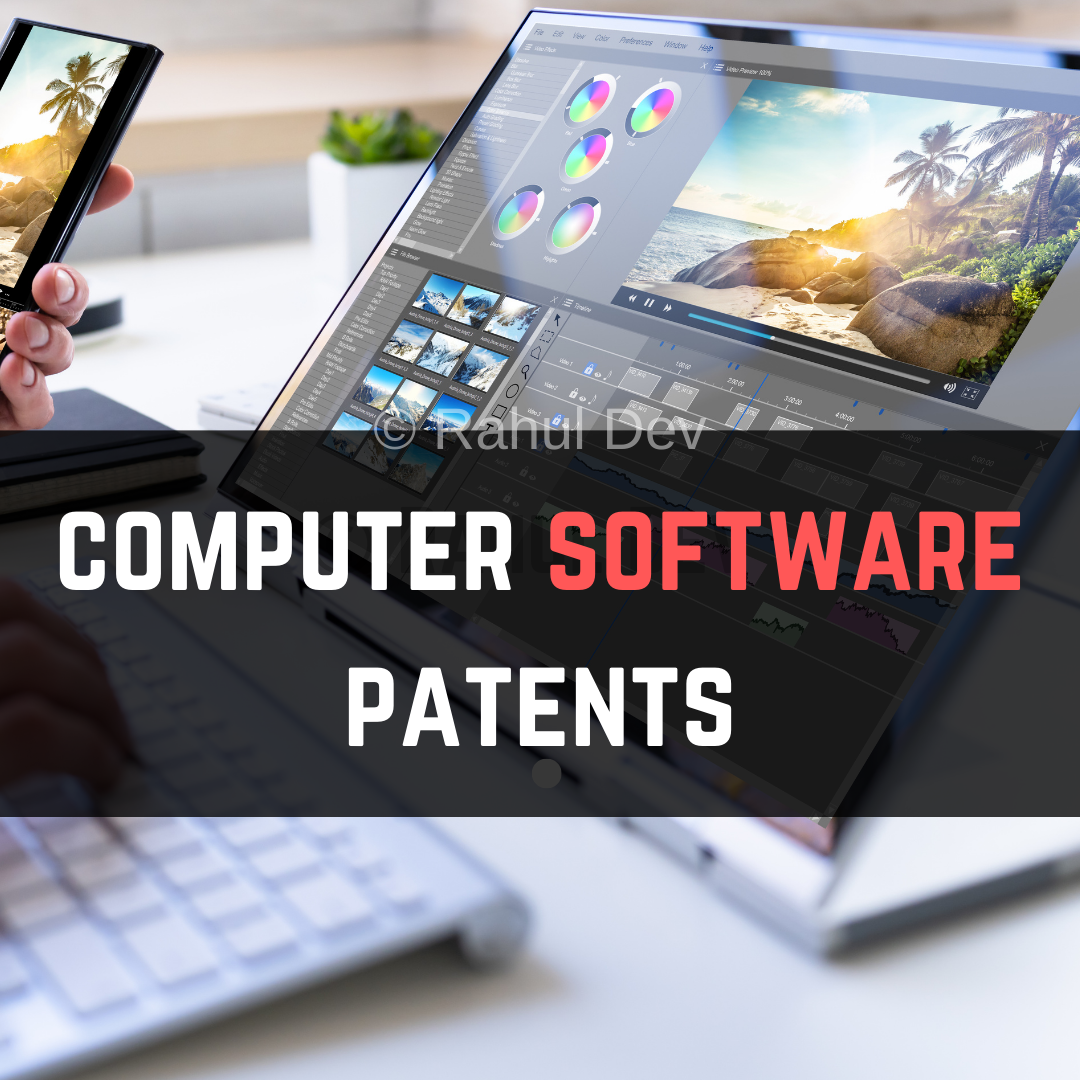The field of augmented and virtual reality innovation is poised for revolution. With a $150 million endowment, the Iribe Center for Advanced Computing is expanding its capabilities in these fields with two new chairs, namely the MAVRIC (Mixed/Augmented/Virtual Reality Innovation Center) and a $100 million addition. Both chairs will support cutting-edge research in these areas. In order to make AR/VR a reality for everyone, Harvard is putting resources into the new AR/VR center, known as the MAVRIC (Mixed/Augmented/Virtual Reality Innovation Center).
Originally, the primary field of research for VR was computer science. However, nowadays, it is attracting research from clinical areas and more countries. This paper explores the evolution and changes in VR usage through history and discusses the future challenges and capacities of VR. We also discuss the disruptive contributions of VR to the field of human communication and interaction. We conclude that VR will play a key role in the future of our society. However, more research is needed to determine whether it will truly transform our lives or merely enhance the way we interact with others.
The rapid growth of VR technology is putting an increasing strain on the available hardware. As a result, more modern hardware is needed to support the new technology. While advances in video technology are impressive, a growing number of consumer devices are not up to the task of VR. As a result, the market for augmented reality smart glasses is estimated at $1.2 billion this year. Hundreds of independent companies now operate in the virtual reality industry and have launched VR headsets and software.
VR technology is changing the world of medicine. Today, it’s becoming an invaluable tool in medical training. In fact, Johnson & Johnson has an institute dedicated to educating doctors about VR. Using VR in training, doctors can simulate real-world scenarios without undergoing stressful situations. In the future, it will be a valuable tool for clinical researchers and practitioners. It’s also being used in cognitive behavior therapy. So, we need more research into the technology before we can fully harness its potential.
The entertainment industry was one of the first industries to embrace VR. The tech’s strong presence in console and online gaming has expanded to theme parks and cinemas. In theme parks, VR can recreate the thrill and excitement of watching your favorite cinematic masterpieces. Its use in manufacturing has also increased as car manufacturers are analyzing road situations using VR simulations. Using VR in these settings allows for changes to be made to the prototypes. But the future is still very promising for this new industry.
Oculus VR, for instance, has announced a new version of its VR headset with hand-tracking. It also aims to enhance social aspects of virtual reality and improve interaction with non-gamers. Education is one area that is set to see massive growth in the use of VR tools. A recent survey by Perkins Coie shows that 41% of respondents believed VR could benefit education. Similarly, virtual reality is an effective tool to train students in a variety of disciplines.
As the technology continues to evolve, Qualcomm and Tencent have partnered to accelerate research and development on next-generation VR systems. The partnership will also allow the companies to take advantage of China’s rapidly growing market. Goldman Sachs has projected the Chinese market for VR products to reach $60 billion by 2025. Besides boosting VR development, Tencent’s new innovation center will also help the company develop better products for its Chinese gamers. This partnership is a good example of the importance of partnerships between corporations and universities.
While AR and VR have been largely used in the automotive industry, the technology is rapidly advancing in the educational sector. Toyota has even used virtual reality to train employees in distracted driving. And in the education sector, VR has transformed the way students learn and experience the world. Through immersive experiences, complicated concepts are easier to grasp and cognitive learning becomes more efficient. The future of learning is a bright one, and we can’t wait to see how this technology continues to expand.
One of the earliest proponents of VR is the video games industry. Video games like Grand Theft Auto and Skyrim are now supporting Oculus Rift headsets. And many newer titles are coming out with headset support. However, many metaphors that we use to describe gameplay are now incompatible with VR. However, more VR hardware becomes available, and we’re seeing the benefits of this technology. With a growing number of games being developed, we can expect the technology to reach mainstream status.







